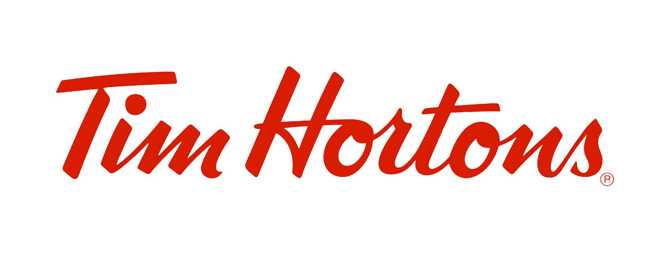Canada doesn’t produce coffee beans, but it seems addicted to the drink, ranking third among the world’s coffee drinkers, after the Netherlands and Finland. Canadians drink an average of 152 litres of coffee annually.
As Canadians savour their coffee more than ever, however, people are wondering if this trend is desirable.
Many years ago, Canadians travelling to Europe quickly noticed two shocking lifestyle differences: more smoking and aromatic coffee. The smoking differential remains, while the coffee differential, on the other hand, has lessened in recent years.
Europeans drink mainly smaller, stronger coffee portions, yet North American coffees have changed dramatically. The charge for stronger coffee, led by Starbucks more than two decades ago, enticed other retailers to adjust as the North American consumer’s palate for coffee changed.
This same phenomenon has occurred in Canada. Most companies with significant market shares in coffee have “Europeanized” their coffees, including Tim Hortons. Coupled with this phenomenon, McDonald’s Canada has also made inroads in the coffee game. With one restaurant per 25,000 Canadians, McDonald’s success in coffee has been noticeable.
But the Tim Hortons legacy can hardly be overlooked. Canada has one Tim Hortons for every 9,000 consumers, a high ratio. It has built its empire by connecting with communities in many ways. For decades, its corporate and social engagement was textbook, as Tim Hortons sponsored sport teams and held summer-camp drives. By giving back, Tim Hortons has sold more coffee.
It is not a fluke that Canadians are the largest consumers of coffee outside the household, according to Eurometer. That trend is known in the sector as the “Timmy’s effect” and has been going on for more than a decade.
Coffee-drinking in Canada has changed immensely over the past five years. Yet in recent years, the demand for coffee outside the home has contracted in Canada by almost three per cent yearly.
The rising popularity of the single-serve market and coffee machines has become a strong rival to the traditional drip brewers, prompting more to drink at home.
Deemed more convenient and less wasteful of coffee, the single-serve pods have put Canada almost at the top of coffee-drinkers in the world. That is why many coffee retailers are selling us pods at a cost to the environment.
With some leadership from companies such as Loblaw, Canada has seen its first compostable coffee pod. More manufacturers will follow suit, to the delight of millennials looking for sustainable solutions.
Speaking of which, millennials also have something to do with this, as their consumption is increasing annually in the order of five to six per cent.
To help coffee’s cause, the commodity is getting some good press lately. Many studies suggest that drinking up to four cups of coffee per day might be healthy. The International Agency for Research on Cancer has recently downgraded coffee from a cancerous food product to one that is part of a healthy diet.
In fact, it has stated that coffee can lower the risk for liver and uterine cancer, but the agency does warn against drinking very hot beverages (anything over 65 C), as they are considered to be possible carcinogens.
Over the past 50 years, Tim Hortons’ leadership has given us a very different coffee-drinker in Canada, but things might change. In a mega-deal in 2014, our beloved Tim Hortons was sold to 3G Capital and Warren Buffett’s Berkshire Hathaway, owner of Burger King. In a tax-inversion scheme, Tim Hortons remained Canadian-based, but is now American-controlled.
With a new owner, Tim Hortons is arguably a different company now, with many layoffs and new hires in recent months. It is even turning its attention to the U.K., where it is trying to make a case with British consumers. Beyond Canada, and perhaps the Middle East, Tim Hortons really hasn’t had much success.
A new challenge for Tim Hortons
It will be interesting to see if Restaurant Brands International, Tim Hortons’ new owner, can figure out how to lure the British away from their tea and adopt a double-double.
Meanwhile, Tim Hortons should never forget how it has transformed the coffee market in Canada to its benefit. Because if it does, other retailers are more than ready to pick up the baton.
Sylvain Charlebois is dean of management and professor in food distribution and policy at Dalhousie University in Halifax.


















